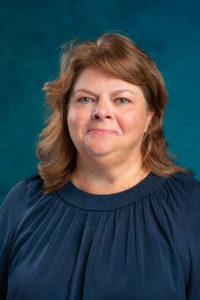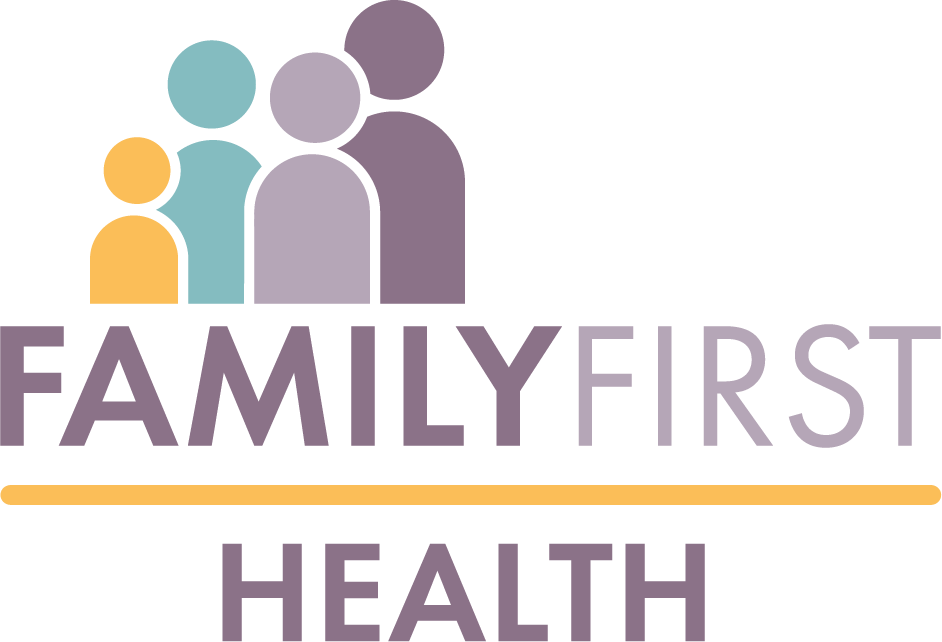“In order to move past a transactional relationship with patients to one that’s meaningful and sustaining, community health organizations need to deliver care in ways that continually build on those relationships.â€
~ Jenny Englerth, President and CEO of Family First Health
Caring for the health of a community requires resources, support, well-trained providers, a dedicated staff, and so much more. What we intrinsically know at Family First Health, however, is that you can’t deliver the highest level of care if you haven’t first earned the trust of the communities you serve.
Nothing Happens Without a Level of Trust.
When you’re caring for a highly vulnerable population within a community, building trust is the first step toward meeting their needs and providing high-quality, whole-person care.

“We need to understand the patient a whole, not just the health concern they’re facing,†she said. “That means going into their neighborhood and meeting them where they are. None of this happens without a level of trust.â€
Over the past 50 years, Family First Health has built trust within the community it serves because of a very intentional focus on becoming a part of it. As Jenny explains, “In order to move past a transactional relationship with patients to one that’s meaningful and sustaining, community health organizations need to deliver care in ways that continually build on those relationships.â€
Successfully Building Trust a Community Comes Down to the Way Care is Delivered
Trust takes time. It requires a series of intentional actions at both the point-of-care and organizational level to create and sustain.
According to Jenny, the core of Family First Health’s relationship with its patients is rooted in 3 ways it looks at care. We asked her to share with us, in her own words, how Family First Health has successfully earned the community’s trust throughout its first 50 years, and how it will continue to build on that trust over the next 50. Here’s what she had to say.
-
We Listen to Understand, Not to Explain or Defend
Building trust begins by listening. A patient’s family life or other social aspects they’re experiencing can have a large influence on their health. Listening to what a patient has to say and pairing that insight alongside the health concern a provider is treating them for can make a difference in whether they feel heard.
An example of this type of listening could occur if, let’s say, a chronic diabetes patient came to our office with a cold. That patient came to see us for help treating his cold. As a provider, we also notice that the patient hasn’t been into the office in a while to get proper diabetes care. If we weren’t ‘listening to hear’ we may place priority on the diabetes treatment over the reason he came to see us and not fully address his immediate need to get back to work.
So, we listen to understand him. We address the immediate need first. And, in this case, we simultaneously suggest the patient receive bloodwork while in the exam room so we can also care for his diabetes.
When you look at community care through a wider lens, we also see that ‘listening to understand’ has ripple effects. When we listen to understand our patients at an individual level, it helps us better understand the needs of the overall community.
-
We Hire from Within Our Community
When patients come to their appointments, it’s important that they receive care from people who live, look, and speak like them. It’s incredibly empowering to see people who may face the same challenges and who share the same race, ethnicity or language when trusting someone to care for your health. Diversity in every corner makes us stronger and it builds a bridge that connects our entire organization to the communities we live and work within.
In the case of Family First Health, 30% of our staff members speak Spanish and are bi-lingual. We find that when communicating a health concern, being able to speak in your native language, even if you speak English, is an important element in building trust.
-
We’re Visible Beyond Our Walls
Wide-spread community trust doesn’t happen if you’re not visible. Community health organizations need to be viewed as valuable and trustworthy by residents, including those who are not patients. By immersing ourselves in the neighborhoods where our patients live, we’re able to zero-in on those vulnerable populations. Then, with that understanding, we can influence how our providers work with patients and provide the best possible care.
A great example of this is our breast cancer screening program. The care we provide is always data-driven which requires marrying health data from around the region with a big-picture-look at our own community’s health. When we looked at the rate of breast cancer, the number of screenings and cancer rates in our region was on par with surrounding counties. However, our community includes a large population of minorities who are at a higher risk for breast cancer. So, we created a campaign to encourage Black and Latino women to get screened.
Because we had a relationship with community members, including non-patients, we learned that fear was driving many women to ignore breast cancer screening recommendations. So, our campaign asked family members to encourage their moms, sisters, daughters and neighbors to get screened. We also took more time to educate patients about the importance of screenings at the primary care level. As a result of the campaign, we quickly saw our breast cancer screening rate improve.
Sustaining Trust Over the Next 50 Years and Beyond
The 50th anniversary of Family First Health also happens to mark a shift in how care is delivered across the entire healthcare system. With COVID-19 and the pandemic uprooting many in-person visits and community health events, building trust is going to require an even more intentional focus in the years ahead.
More of our patients will likely suffer the effects of economic-related stress, especially as it pertains to employment, like working multiple jobs or dealing with reduced assistance stipends, and the health challenges these issues create. Meeting our patients where they are may mean that providers are now interacting with them over a lunch break or in their free time.
Efforts that were already occurring, like the integration of our behavioral health services into primary care and the addition of new tools like telehealth and video health services are all helping us to continue to support the bridges we’ve built between our organization and our community.
“It all goes back to the importance of ‘listening to understand,†Jenny said. “While the circumstances have changed, building trust in our community will always be about listening and working alongside our patients to provide them with the best possible care.â€
——
Our ability to serve our community over these first 50 years is thanks to the trust our patients and families have placed into the hands of our providers and our entire staff. Join us in celebrating our ‘First 50’ and support Family First Health as we continue to share our story and care for our community.
